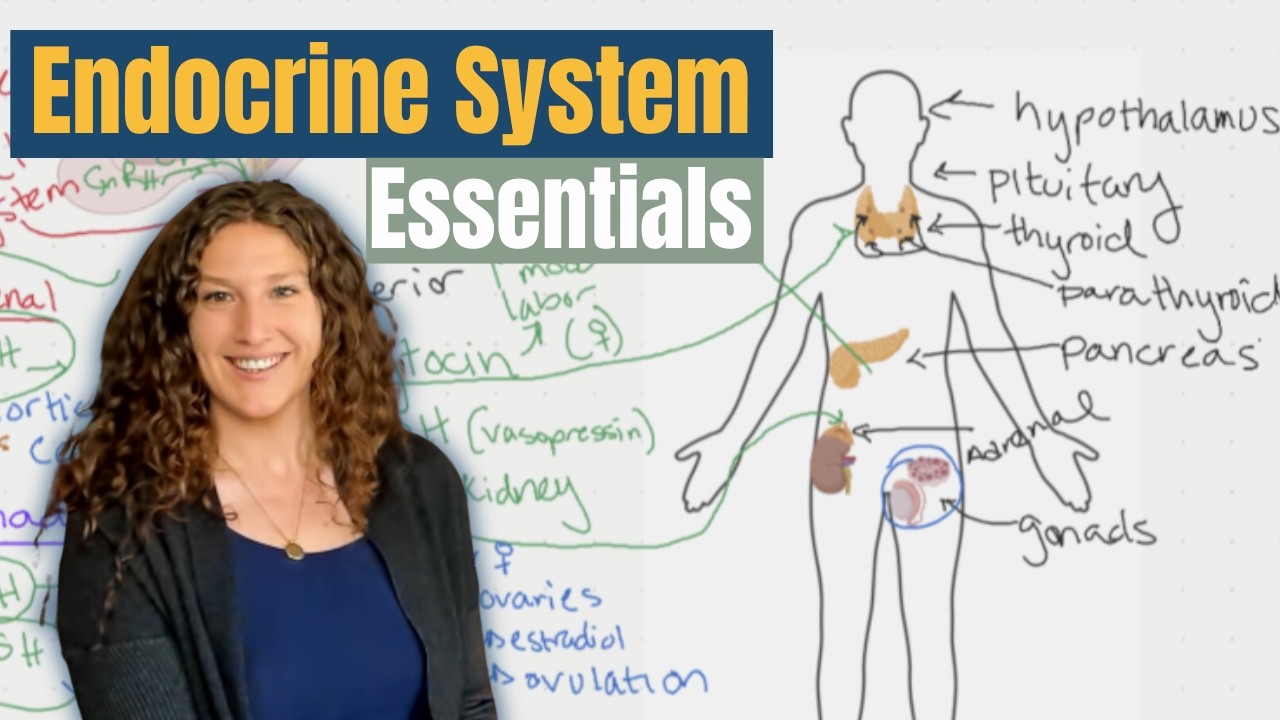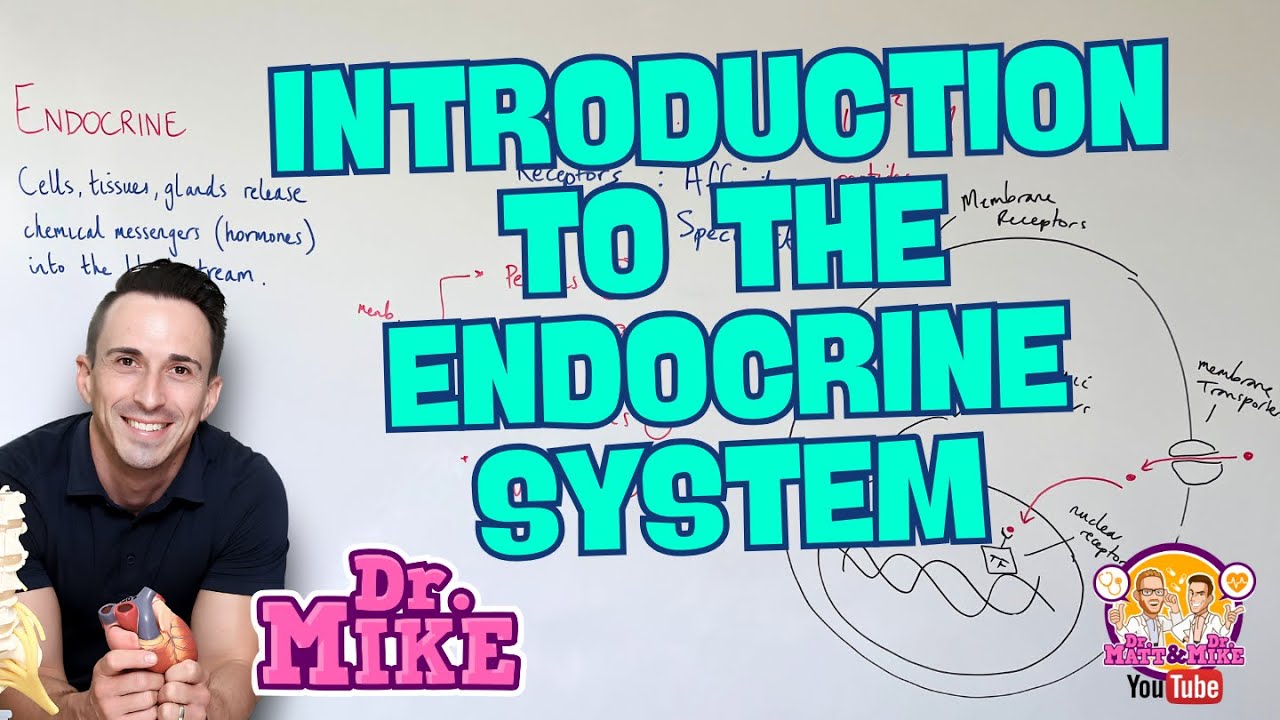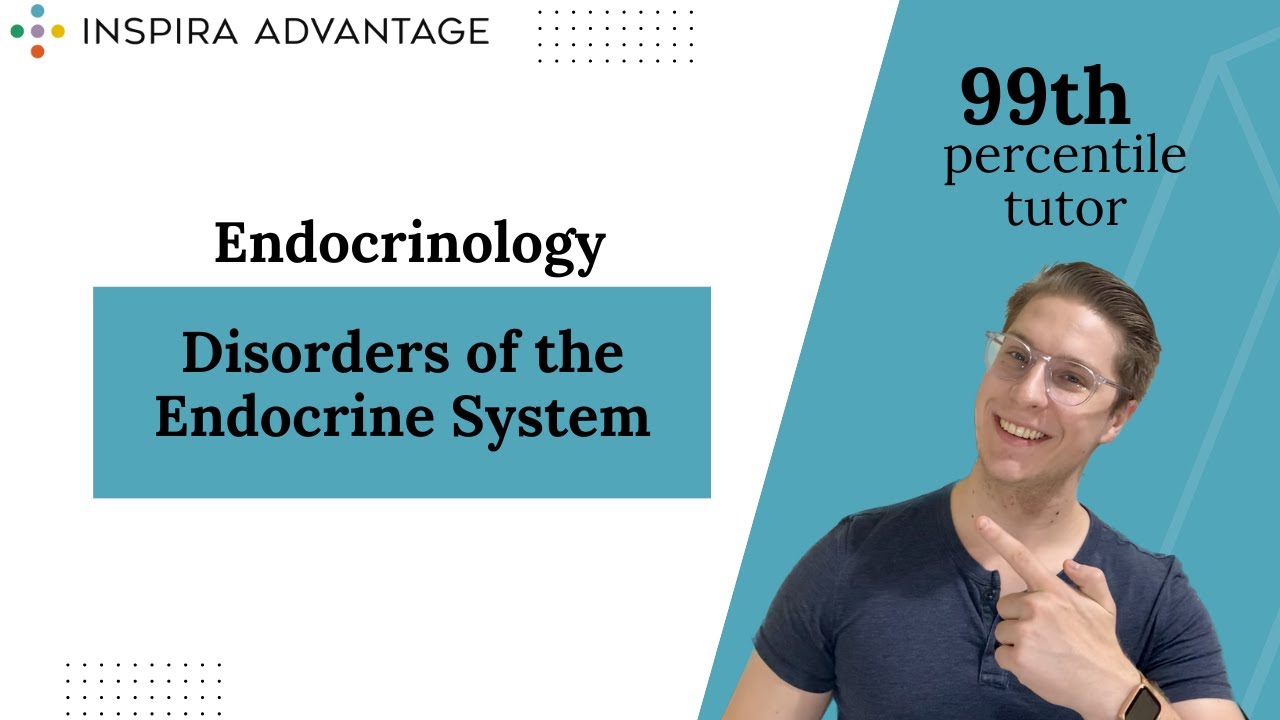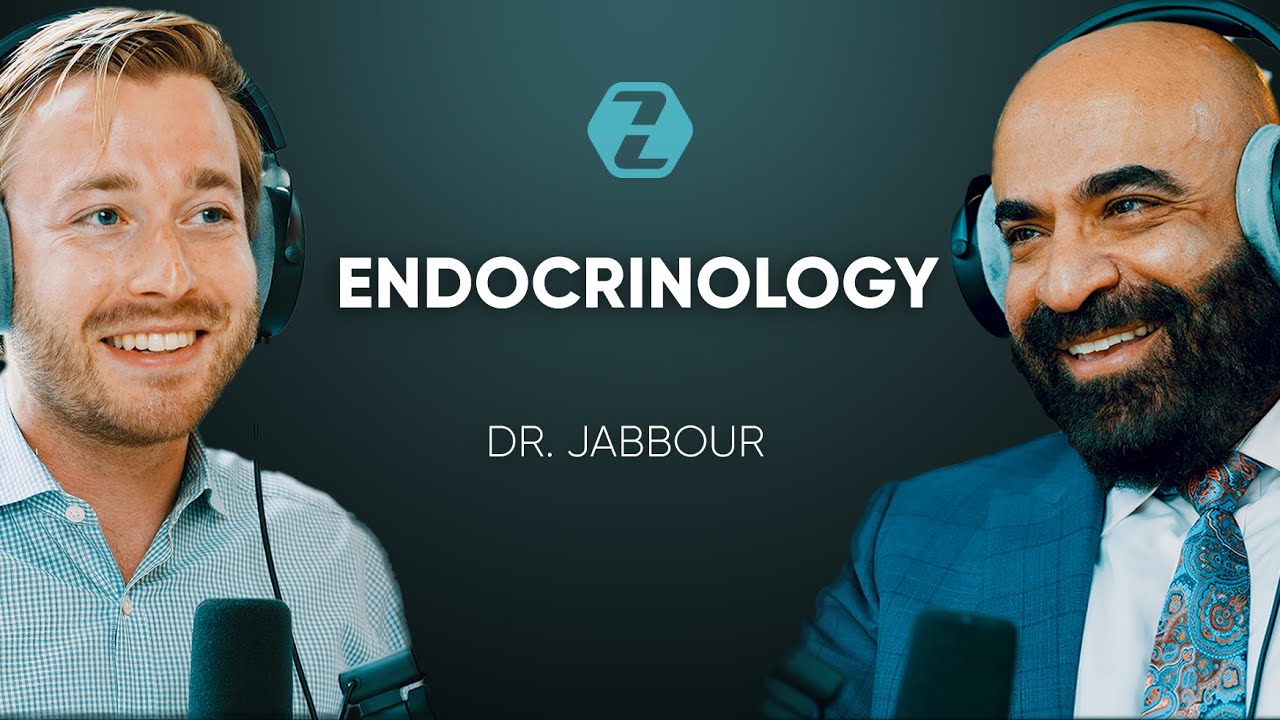NEW YORK (Reuters Health) – A population-based study from Scotland shows that fewer than one in every 100 patients with subclinical hyperthyroidism will progress to overt hyperthyroidism.
In fact, about one-third of cases revert to normal, according to the report in the January 2011 issue of the Journal of Clinical Endocrinology and Metabolism, published online October 6.
Dr. Thenmalar Vadiveloo and colleagues at the University of Dundee, UK, sought to define the natural history of endogenous subclinical hyperthyroidism in the population of Tayside. The authors note that the condition is defined by a low or suppressed TSH level but with free T4, T3 and free T3 concentrations in the normal range.
On that basis, using linked medical record databases, the researchers identified 2024 definite endogenous subclinical hyperthyroid cases. Of that cohort, 1507 were classified as having low TSH (0.1-0.4 mU/L) and 417 as having suppressed TSH (<0.1mU/L), while 100 subjects were unclassified.
Follow-up ranged from 4 months to about 16 years, with a median of 4.3 years.
Progression to frank hyperthyroidism within the first year, indicated by thyroid treatment or surgery, was evident in 4.7% of those with low TSH and 10.2% of those with undetectable TSH. The investigators believe these early progressors probably had incipient primary hyperthyroidism.
Among the cases that did not begin any thyroid treatment, rates of reversion to normal thyroid status at 2, 5 and 7 years were 17.2%, 31.5% and 35.6% respectively. Corresponding rates of stable subclinical hyperthyroidism were 81.8%, 67.5% and 63.0%.
At those time points, only 0.6%, 0.7% and 0.5% of patients remaining in the cohort had developed clinical hyperthyroidism.






